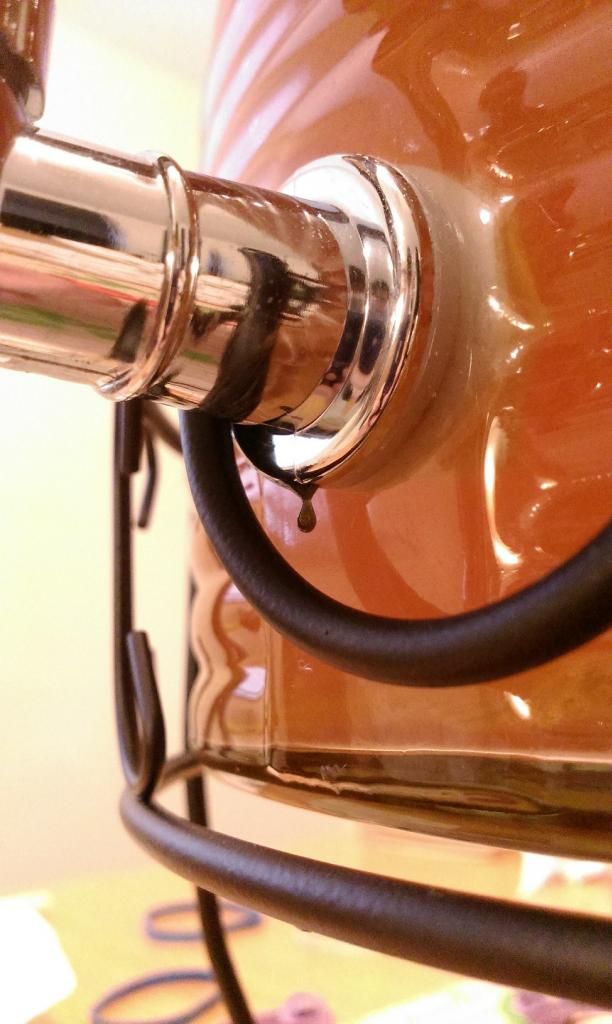Microphobik
Well-Known Member
- Joined
- Apr 15, 2013
- Messages
- 320
- Reaction score
- 18
I just bought a vessel for fermenting Kombucha and it's one of those glass containers for lemonade, tea, etc, with a plastic spigot at the bottom. I know plastic is what you want and metal would be bad, but it's one of those plastic ones that has that chrome looking finish too it. Not sure if it's paint or the plastic itself. But it's that pretty common fake chrome finish we've all seen before. I have no doubt this was made in China. I bought it on discount at a local store.
I'm wondering if there is any reason to be concerned that this kind of plastic could be leeching something toxic into the kombucha because of the high acid levels. Any thoughts on this?
I'm wondering if there is any reason to be concerned that this kind of plastic could be leeching something toxic into the kombucha because of the high acid levels. Any thoughts on this?



